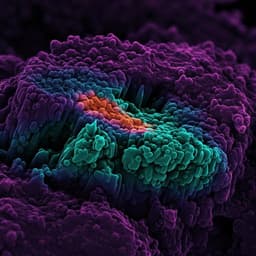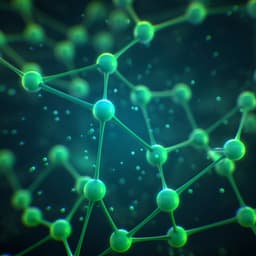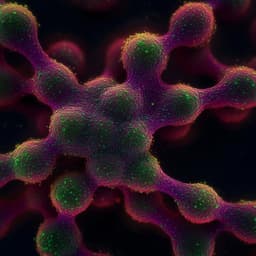
Engineering and Technology
Origami-inspired perovskite X-ray detector by printing and folding
H. Mescher, F. Schackmar, et al.
Discover groundbreaking advancements in X-ray detection with a novel origami-inspired folded perovskite detector. This innovative device, developed by Henning Mescher and colleagues, showcases outstanding X-ray sensitivity and spatial resolution, all while eliminating the need for complex photolithography processes. Experience the future of cost-effective, high-performance X-ray detectors.
Playback language: English
Related Publications
Explore these studies to deepen your understanding of the subject.







